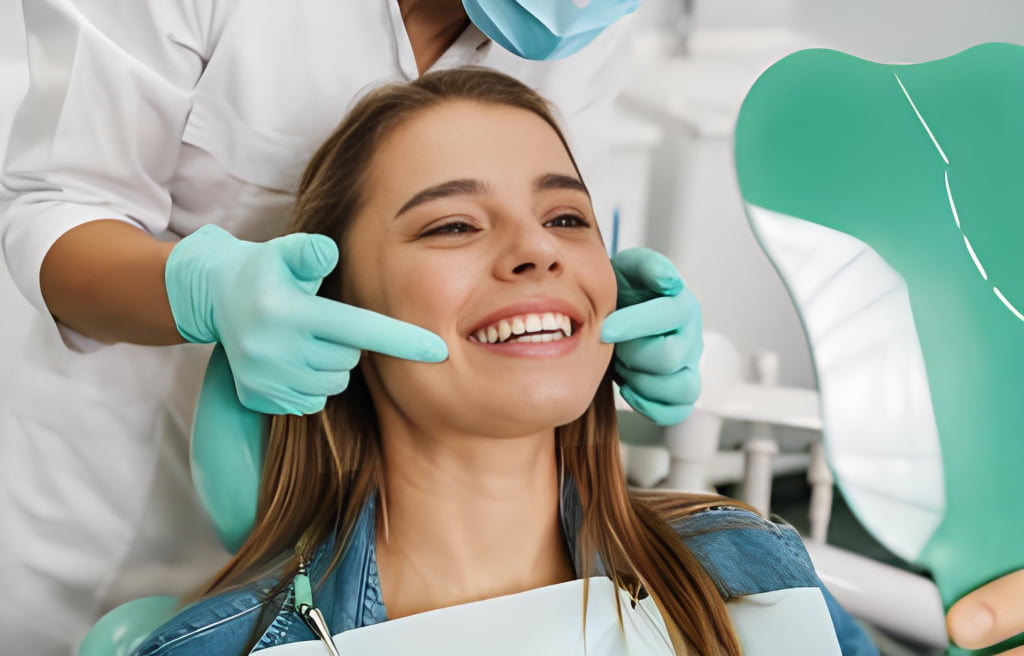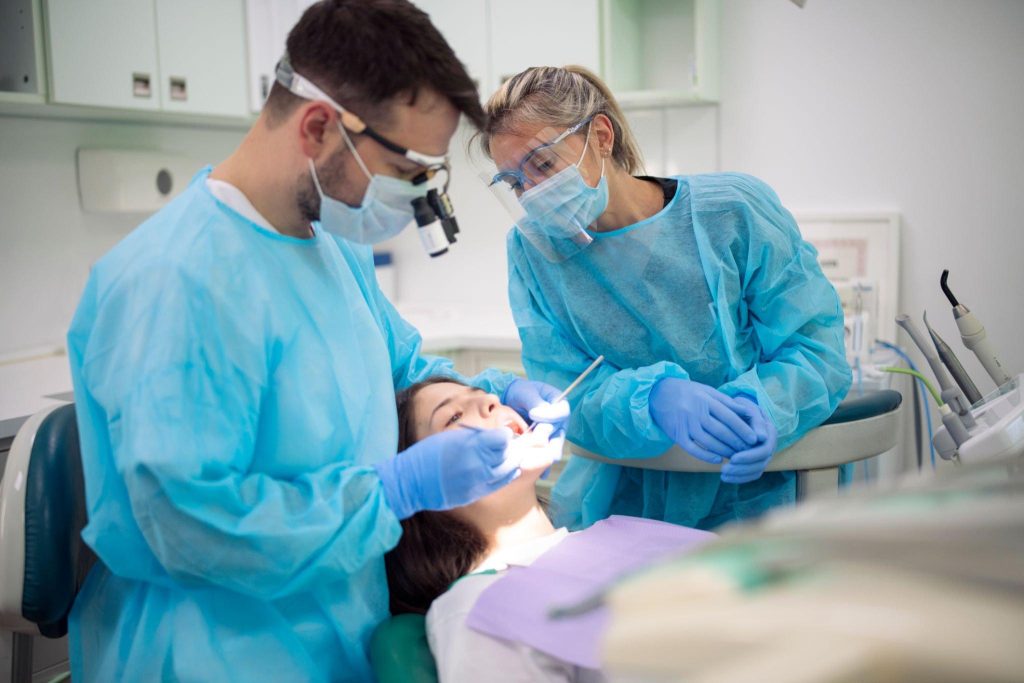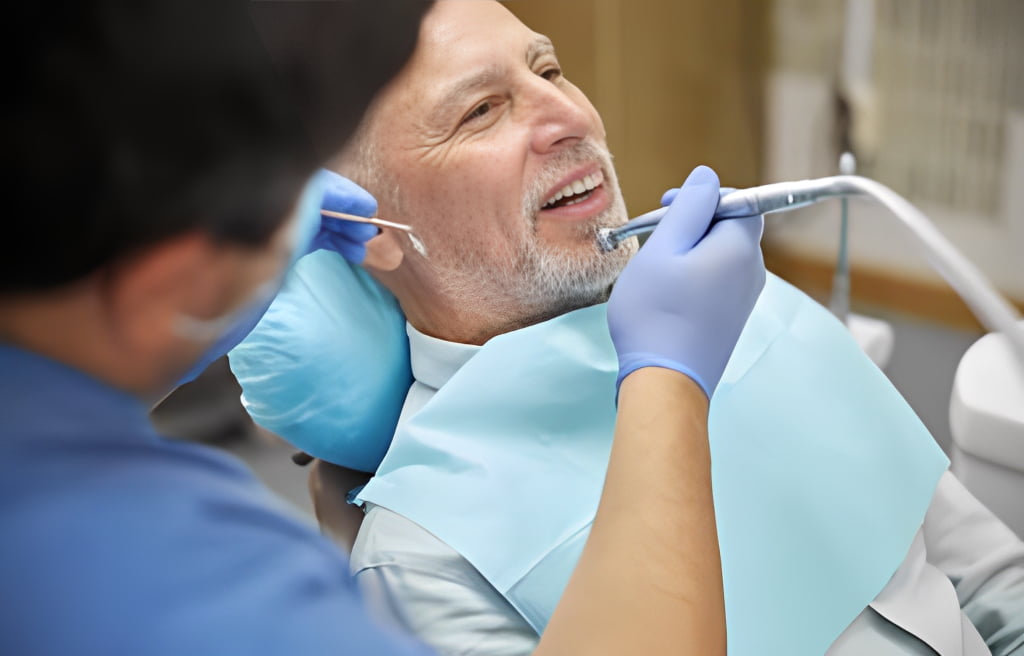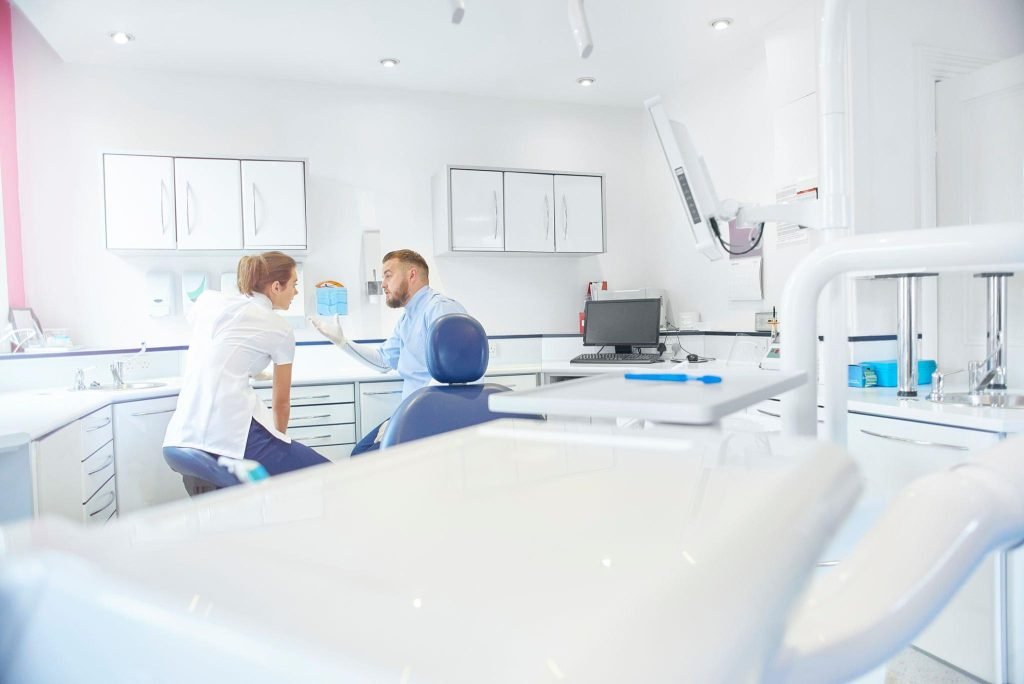Dental education has evolved significantly, with innovative teaching methods like case-based and competency-based learning playing a crucial role. According to Ghassan, Shukr, Sadiq, and Ahsan (2021), these methods enhance the learning experience and better prepare students for real-world dental practice.
Let’s take the opportunity today and take the time to explore these new methodologies in dental curricula.

Transition to Innovative Teaching Methods
Embracing Modern Educational Approaches
Dental education is shifting from traditional lecture-based methods to more interactive and practical approaches, such as problem-based learning and flipped classrooms.
Key Innovations:
- Problem-Based Learning: Focusing on real-world problems to enhance critical thinking and problem-solving skills (Bhat, Madiyal, & Babu, 2021).
- Flipped Classroom: Inverting the traditional learning model to encourage active learning.

Case-Based Learning in Dental Education
Enhancing Research Competence and Knowledge
Case-based learning (CBL) in dental education fosters research competence, interdisciplinary thinking, and comprehensive dental medical knowledge.
CBL Benefits:
- Improved Problem-Solving Skills: Developing critical thinking through real-life scenarios (Keeve et al., 2012).
- Psycho-Social and Business Competence: Preparing students for the business aspects of dental practice.
Competency-Based Education in Dentistry
Preparing for Qualified Dental Practice
Competency-based education ensures dental students are well-prepared for professional practice upon graduation, focusing on defined learning experiences and outcomes.
Competency-Based Approach:
- Learning Outcomes: Clear goals for skill and knowledge acquisition.
- Assessment Methods: Various techniques to evaluate competency attainment (Yip & Smales, 2000).

Integration of Digital Technology in Dental Curricula
Utilizing E-Learning and Virtual Simulations
Digital technologies, including virtual reality simulations and e-learning platforms, are becoming integral to dental education, enhancing learning experiences.
Digital Integration:
- Virtual Reality: Simulating dental procedures for practical experience.
- E-Learning Platforms: Providing accessible and diverse learning resources.
The Role of Teachers in Innovative Dental Education
Facilitating Active Learning and Engagement
Teachers play a crucial role in implementing innovative teaching methods, acting as facilitators and guides in the learning process.
Teacher’s Role:
- Guidance and Support: Assisting students in navigating complex case studies and problem-solving scenarios.
- Active Learning Facilitation: Encouraging student participation and interaction (Wang et al., 2021).

Challenges and Solutions in Implementing New Methods
Overcoming Barriers to Educational Reform
While innovative teaching methods offer numerous benefits, their implementation poses challenges such as resource allocation, faculty training, and curriculum redesign.
Addressing Challenges:
- Faculty Development: Training educators to effectively utilize new teaching methods.
- Curriculum Integration: Seamlessly incorporating innovative methods into existing curricula.

Measuring the Effectiveness of Innovative Methods
Assessing the Impact on Dental Education
To gauge the success of innovative teaching methods, comprehensive evaluations, and feedback mechanisms are essential.
Assessment Techniques:
- Student Performance Tracking: Monitoring progress and outcomes.
- Feedback and Evaluation: Regularly assessing the effectiveness of teaching methods.
Preparing Future Dental Professionals
Equipping Students for Tomorrow’s Challenges
Innovative teaching methods in dental education are crucial for preparing students to meet the evolving demands of the dental profession.
Future Readiness:
- Skill Development: Enhancing clinical and interpersonal skills.
- Lifelong Learning: Fostering a continuous learning mindset.
Conclusion
Innovative teaching methods like case-based and competency-based learning are transforming dental education. They provide students with a more interactive, practical, and comprehensive learning experience, preparing them for successful dental careers.
As dental education continues to evolve, these methods will play a pivotal role in shaping future dental professionals.
